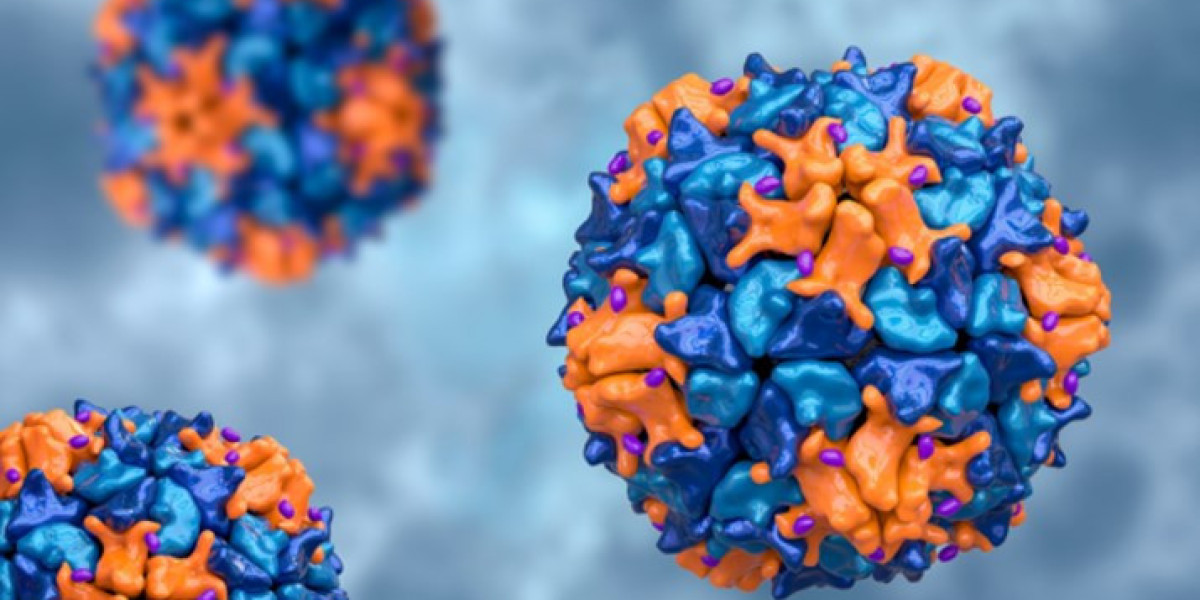It can be excreted through the kidneys, so there will be no accumulation phenomenon in the body. For a long time, PEG is a commonly used as pharmaceutical excipient, which has been widely applied in various medicaments such as soft ointment, suppository, drop pill, hard capsule, eye drop, injection and tablet.
Role of PEGs
Solubilizers
Resistance to mould growth and rancidity makes PEG an ideal excipient for liquid dosage forms. PEGs minimizes the need of harsh solvents needed during encapsulation. For example, Liquid PEGs (PEG 200 to PEG 600) can be used as a water miscible solubilizer in oral liquids and parenterals. High MW PEGs have been widely used for microencapsulation of active drug. PEG can be used as a lubricant in eye drops.
Permeation Enhancer
PEGs itself possess poor ability of skin penetration due to steric hindrances in conjugation with water molecules. However, skin with compromised barrier and burns (>20%) increases PEG penetration irrespective of molecular weight (Mw). Hence, non-permeable PEG is the most preferred base for transdermal patches. They can be easily removed from skin surface by washing. Because of these properties, solid PEGs are useful in lotions, ointment, and suppository bases.
Release Modifiers
Physically entrapped drugs in PEG matrix is released either through diffusion or erosion-controlled mechanism or combination of both. Water permeates through the shell to the inner core and dissolves the drug followed by diffusion. However, for self-assembled copolymers below critical aggregation concentration (CAC) value, micelles are dissociated into drug-copolymer unimers that would be lysed by autocatalysis or released by diffusion later. Water permeated in this system does not solubilize the drug due to its strong bonding by chemical linkages. PEG 3000 to PEG 5000 follow erosion-controlled drug release mechanism which results in sustained release.
Binders & Plasticizers
In solid dosage formulations, PEGs with high Mw play a role of enhanced tablet binders (Mw >1000) and plasticizers. Low Mw PEGs are liquid at room temperature and can be directly used as plasticizers. High Mw PEGs can also be used as plasticizers, but only when they are dissolved in a solvent or melted to be in a solubilized state. Moreover, PEG can also be used for taste masking of bitter drugs like odansentron HCl (PEG 6000) by forming solid dispersed granules.
Plasma Expanders & Blood Substitutes
The type of high viscosity plasma expanders like PEG-albumin has shear-thinning properties, which can help to increase micro-vessel wall shear stress in microcirculation and thus lead to lower expenditure of energy in systemic circulation. PEGylated hemoglobin (Hb) has been studied to overcome the nephrotoxicity of a cellular Hb, and as an oxygen-carrying plasma expander. Furthermore, Hb modified with PEG 750, 1900, 4000, or 5000 has also been studied as oxygen carrier and as a substitute for red cell (artificial blood).



